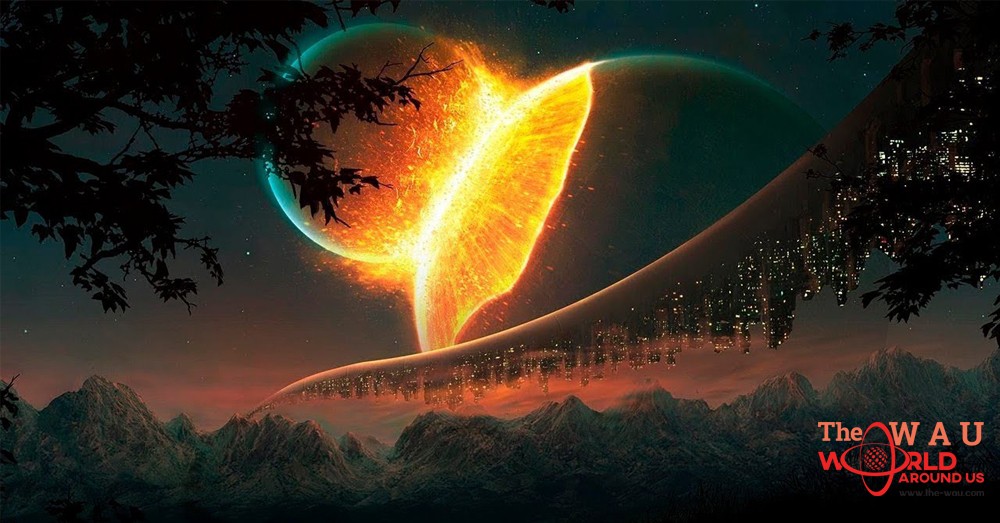It could be possible that one day, billions of years from now, the Earth will stand still. But chances are good that other events that will occur before that, such as the sun swallowing up the planet. With that being said, there isn’t a chance that the Earth will suddenly stop spinning anytime soon. But let’s just assume for a moment that the Earth did suddenly stop rotating, and take a look at what would happen to us, and the planet.
Our planet spins at its equator 1000 miles per hour as it orbits the sun. But, as you get closer to the poles, the rotation is slower. Without this rotation, life as we know it wouldn’t be possible. It is said that billions of years ago, our planet used to spin much faster than it does now. In the beginning of our young solar system, an unknown planet or large celestial body collided with the Earth, and in that collision, the Earths alignment and rotation were changed, and the moon was formed. Since then the Earth’s rotation has been slowing down. It is said that the moon used to also spin faster than it does now before it became tidally locked with the Earth.
Tidal locking is the name given to the situation when a moon or planetary object’s orbital period matches its rotational period. Coincidentally, it is the same fate that affects every single large moon orbiting a planet. A great example of this is our own Moon.
In our early Solar System, both the Earth and the Moon rotated independently of each other.
But the Earth’s gravity grabbed onto the tidal bulges and slowed down the rotation of the Moon. To compensate for the loss of momentum in the system, the Moon drifted away from the Earth to its current position, about 230,000 miles away.
Share This Post















